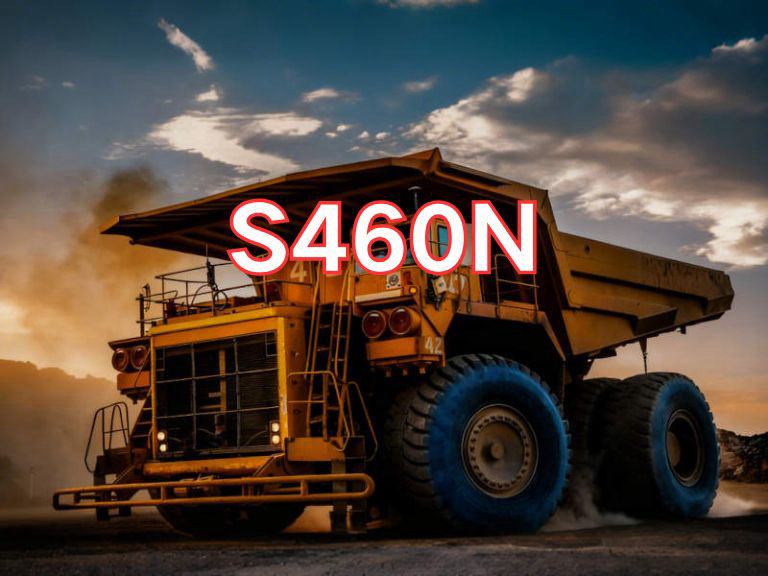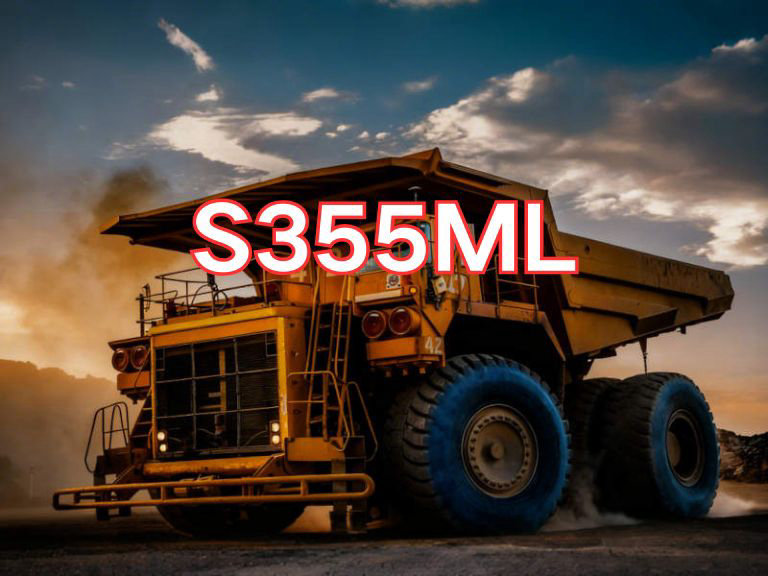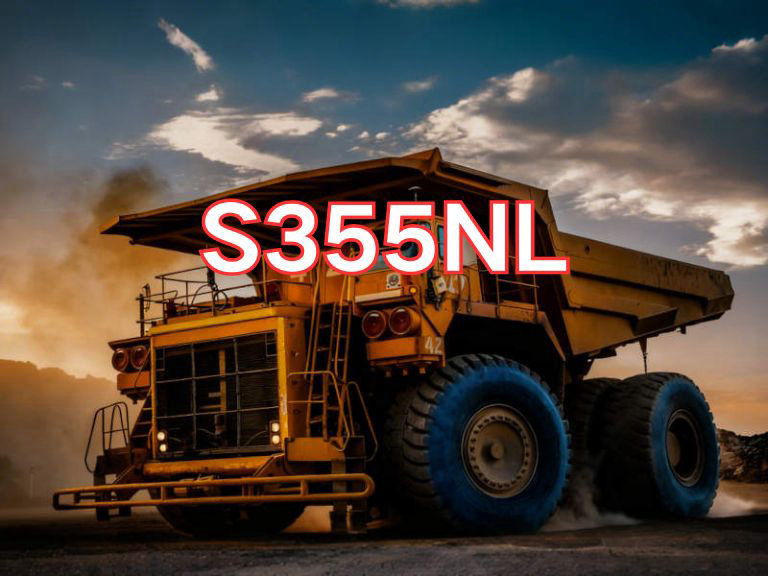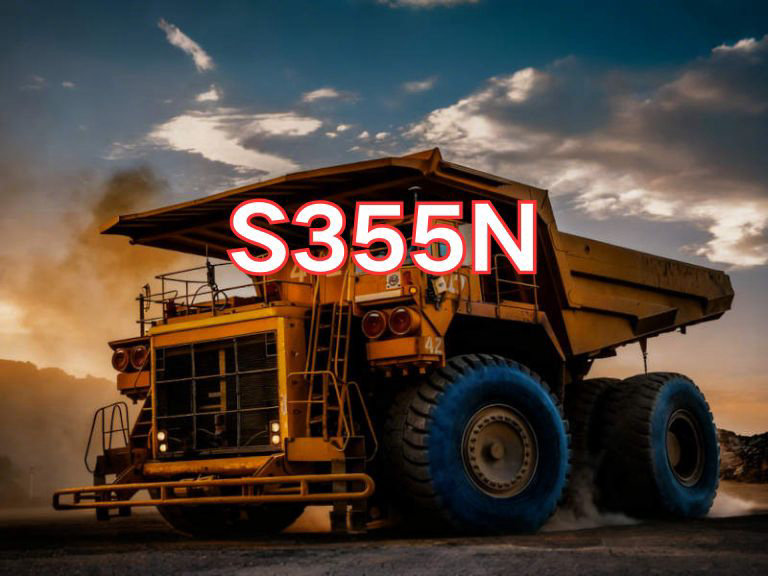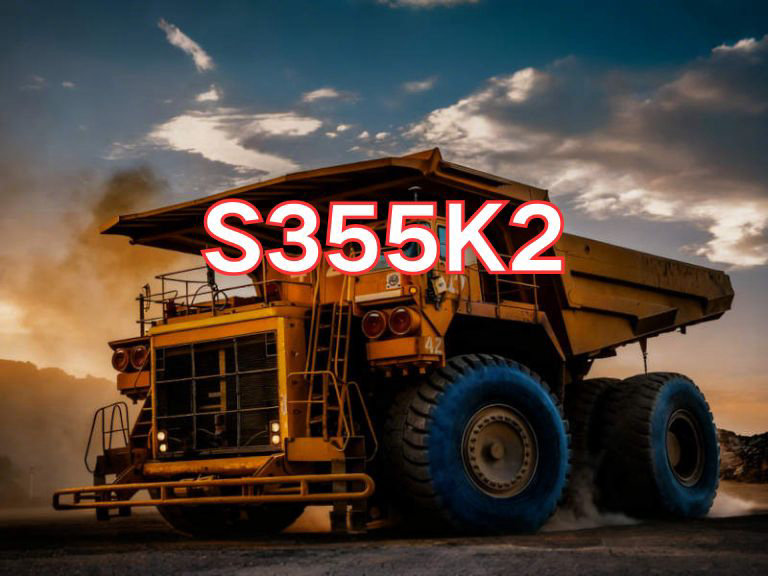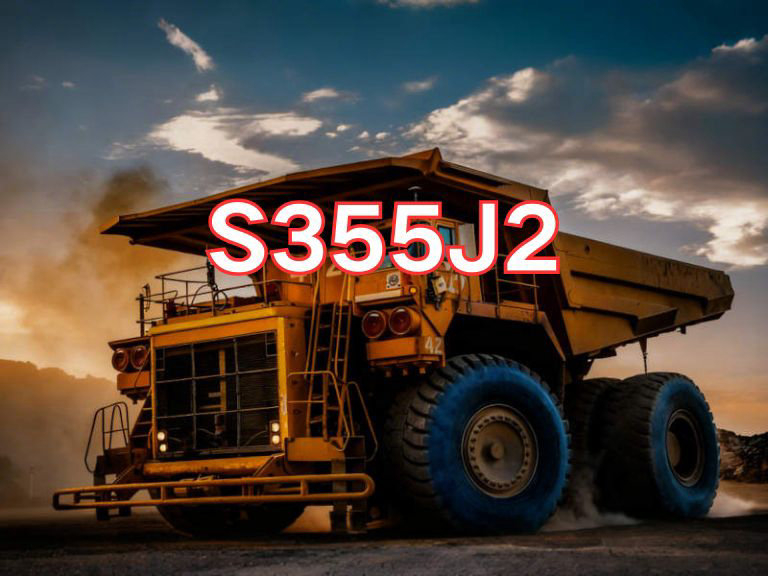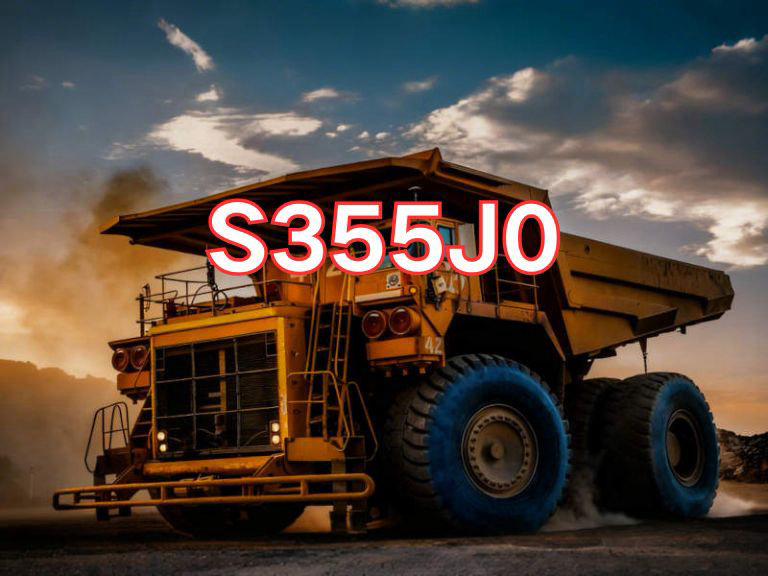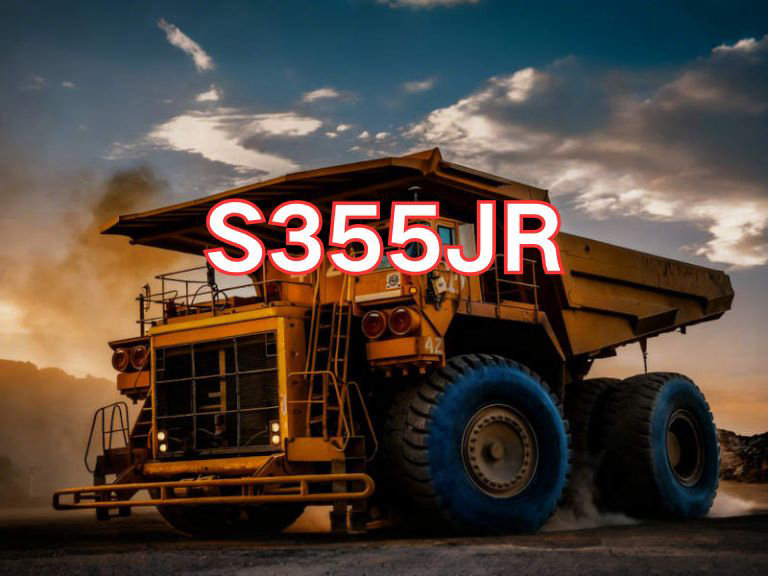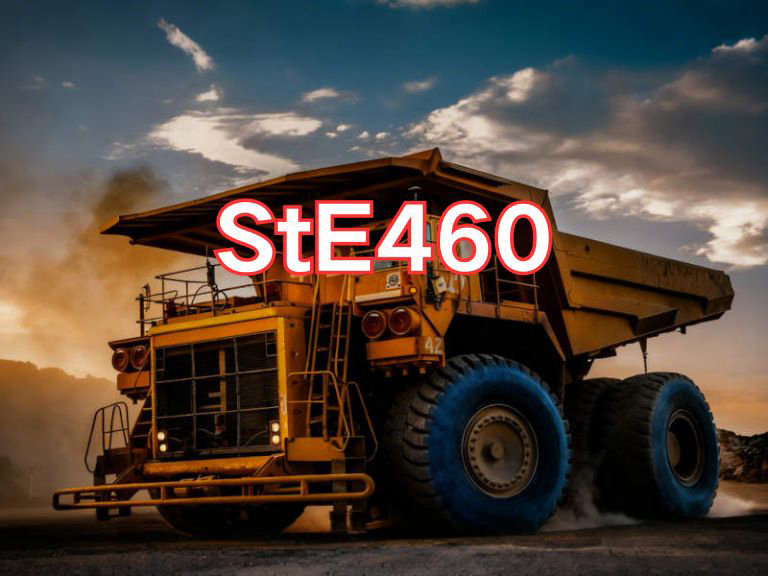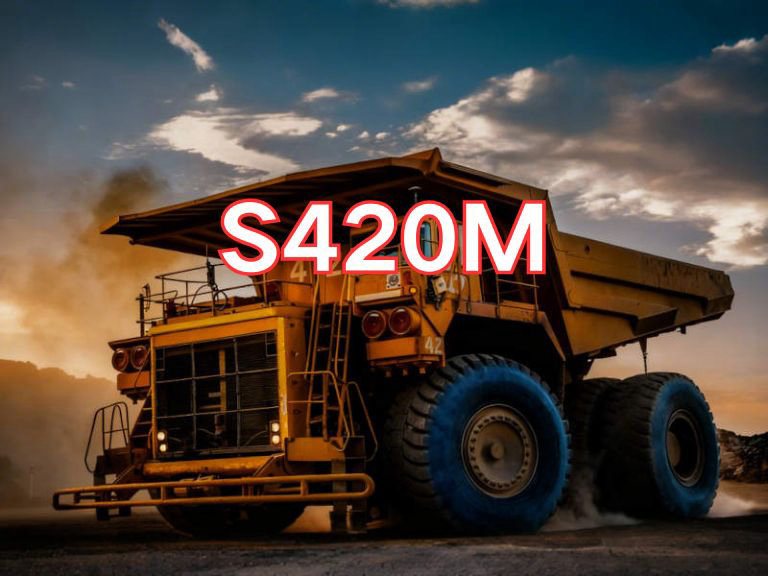

S420M
S420M is a high-strength low-alloy structural steel specified under the European standard EN 10025, designed for engineering structures requiring good weldability, high load-bearing capacity, and excellent low-temperature toughness. The designation is interpreted as follows: "S" stands for "Structural Steel," the general prefix for structural steels in European standards; "420" indicates a minimum yield strength of 420 MPa at room temperature (for thickness ≤ 16 mm), providing a high strength level suitable for components subjected to significant stresses; "M" signifies that the steel is delivered in the thermomechanically rolled condition (TMCP – Thermo-Mechanical Control Process), meaning it is processed through controlled rolling and cooling to refine grain structure. This allows the steel to achieve high strength, good ductility, and excellent weldability without relying heavily on alloying elements or post-rolling heat treatment.
S420M steel plates are primarily used in heavy-duty structures with high demands for strength, toughness, and weldability, such as large bridges, high-rise buildings, offshore platforms, cranes, construction and mining machinery, pressure vessels, wind turbine towers, and steel structures in cold regions. Due to its requirement to meet specified impact energy values (typically a minimum average of 27 J) at -50 °C, S420M offers outstanding low-temperature toughness, effectively preventing brittle fracture, making it especially suitable for high-latitude, arctic, or environments with severe temperature fluctuations.
Key features of this grade include an excellent balance of high strength and toughness, superior weldability (with low carbon equivalent and good heat-affected zone performance), strong cold-forming and machinability, as well as high fatigue resistance and resistance to lamellar tearing. Produced via the TMCP process, it eliminates the need for normalization or quenching and tempering, improving production efficiency while ensuring uniform microstructure and consistent mechanical properties.
The current applicable standard is EN 10025-4:2019, titled Structural steels with improved atmospheric corrosion resistance and weathering resistance — Part 4: Technical delivery conditions for thermomechanically rolled steels. Published in 2019, this version specifies requirements for chemical composition, mechanical properties, impact toughness, dimensional tolerances, and inspection procedures, with particular emphasis on through-thickness (Z-direction) properties and welded joint quality.
With growing demand for high-performance, long-service-life structural materials in Europe and international markets, S420M has become a key material in modern advanced engineering projects, widely used in applications where safety, durability, and reliability are critical.

Ultrasonic Testing (UT)
A key non-destructive testing technique that uses high-frequency sound waves to detect internal flaws in steel plates. The probe emits sound waves, which reflect when encountering defects such as cracks or inclusions. The receiver captures the echoes, enabling precise determination of defect location and size. With high sensitivity, strong penetration, and fast inspection speed, UT effectively ensures internal quality, widely used in the production of heavy plates, pressure vessel plates, and other high-end products to guarantee safety and reliability.

Magnetic Particle Testing (MT)
A common surface inspection method that magnetizes the workpiece, causing leakage magnetic fields at surface or near-surface defects like cracks or inclusions, which attract magnetic particles to form visible indications. Simple to operate and highly sensitive, MT is suitable for rapid inspection of surface and near-surface flaws in ferromagnetic materials, widely used for online or offline inspection of plate edges, ends, and welds, ensuring product quality and safety.

Penetrant Testing (PT)
A non-destructive method for detecting surface-breaking flaws. A penetrant liquid is applied to the cleaned steel surface, allowing it to seep into defects such as cracks or pores. After removing excess penetrant, a developer is applied, causing the trapped penetrant to bleed out and form visible indications. Simple and cost-effective, PT is suitable for inspecting surface defects in various non-porous materials, commonly used for welds, castings, and complex components, effectively ensuring surface quality of steel plates.


